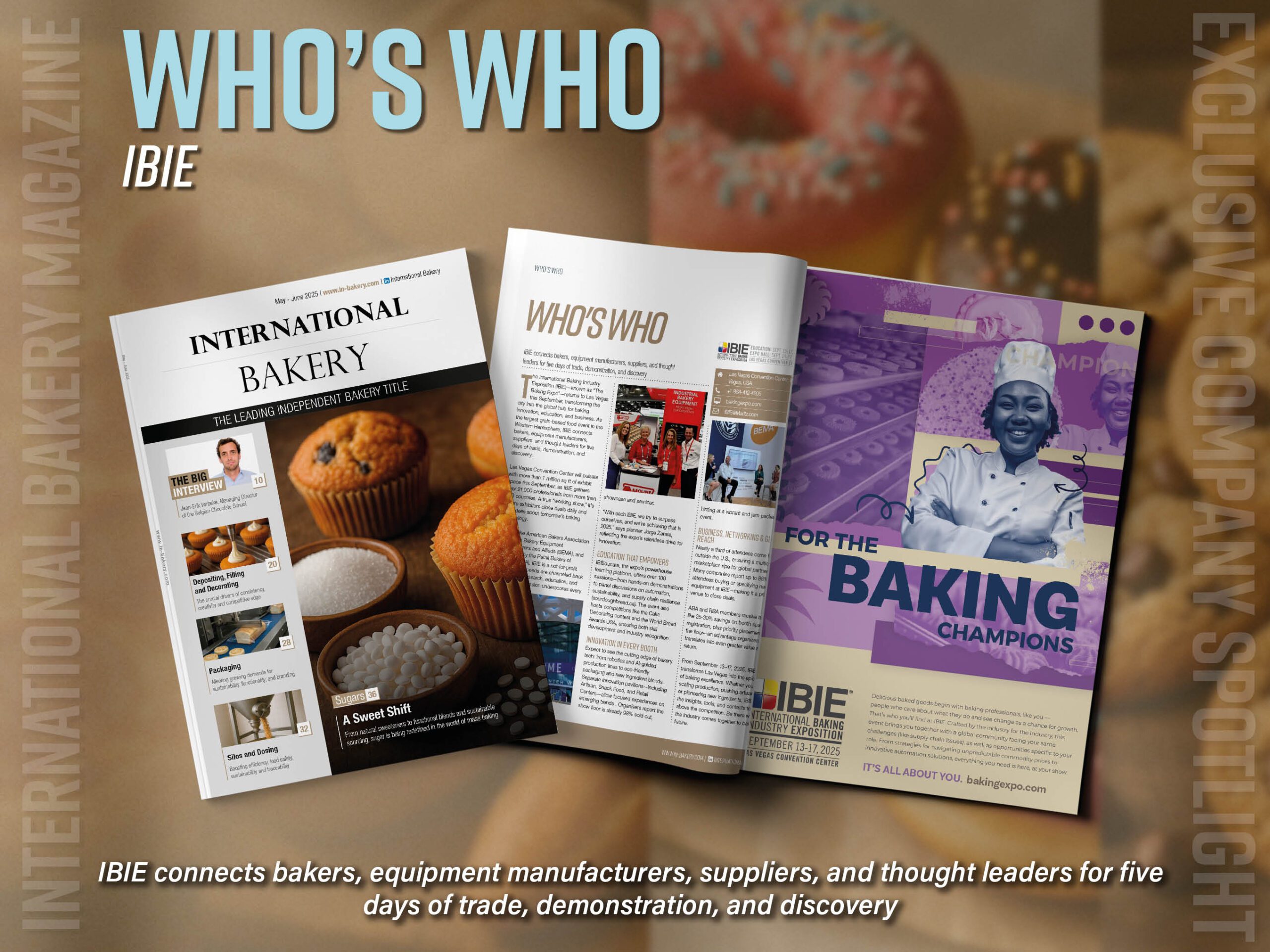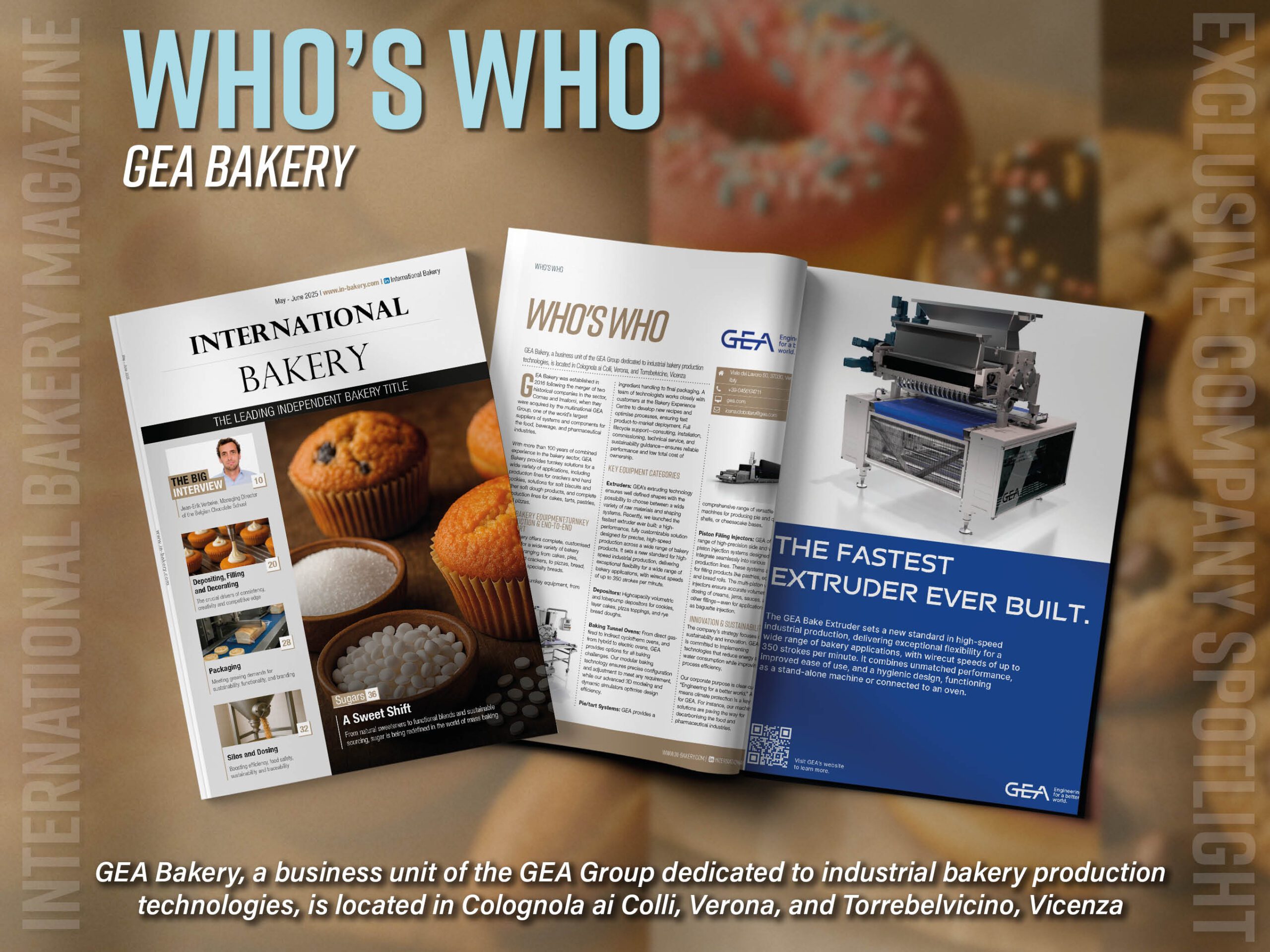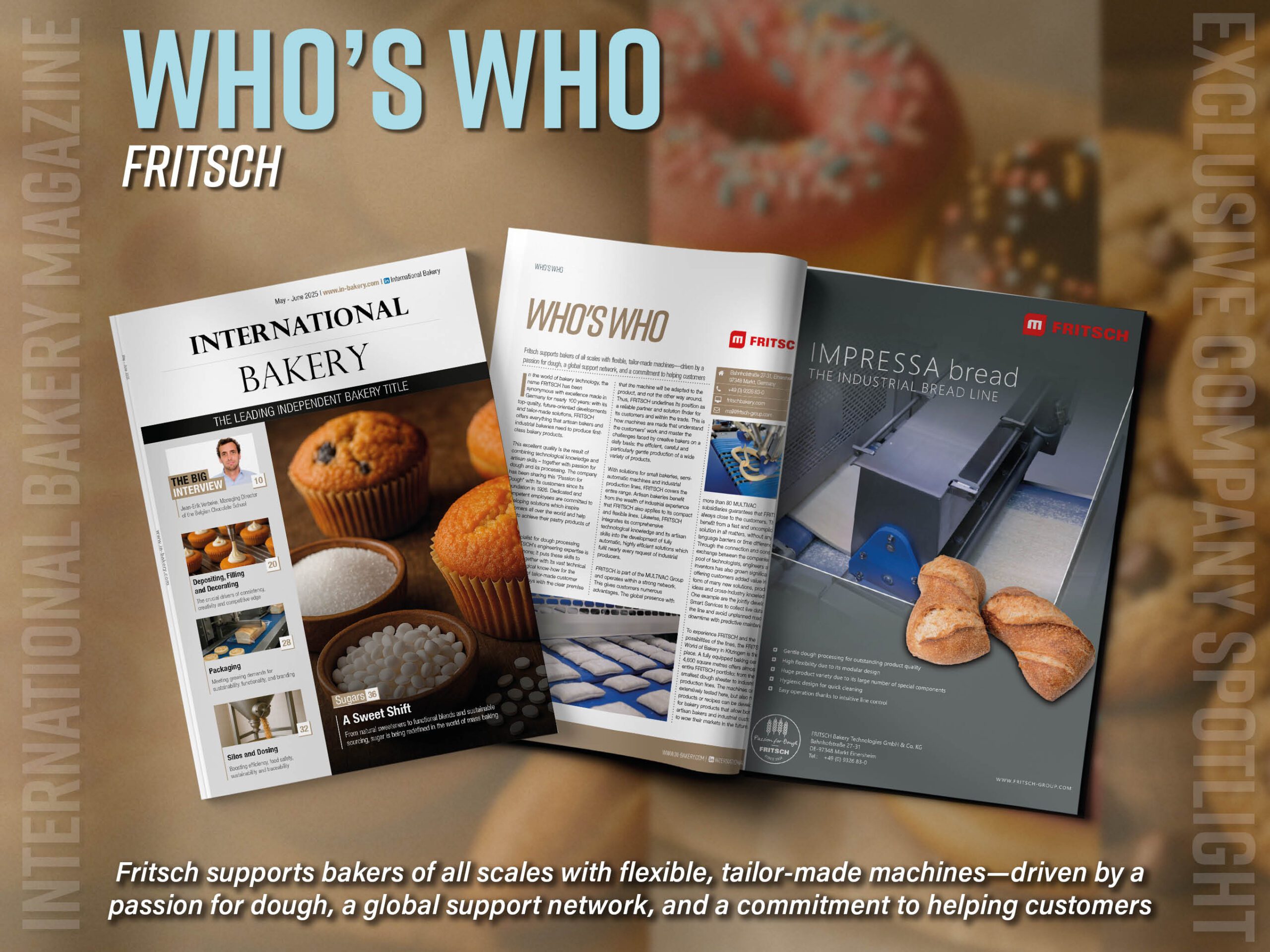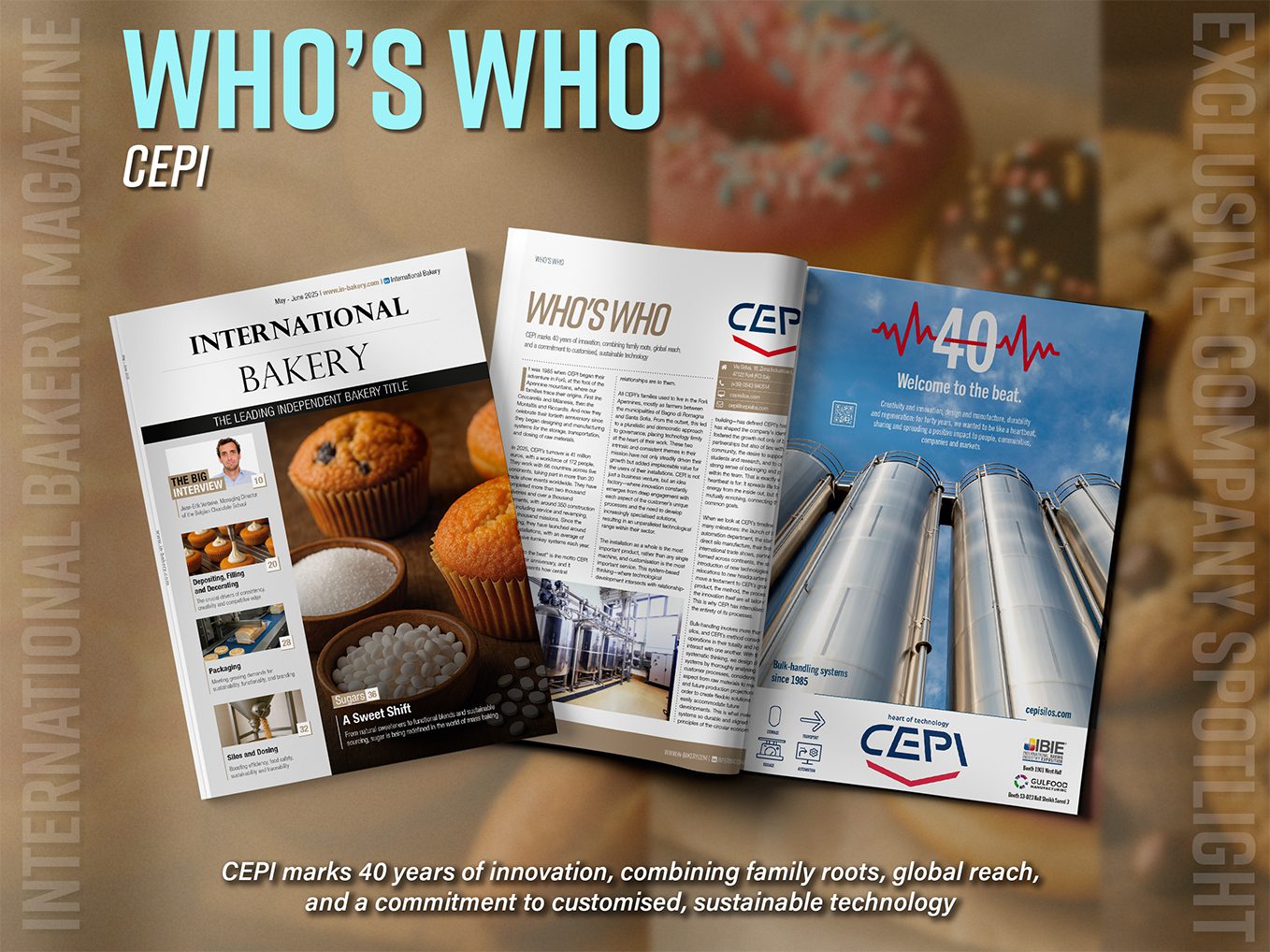Bakery production and processing involves many steps and is a very complex process. From the acquisition of ingredients, to the mass production of baked goods, to the selling; a lot goes into making sure consumers ingest the best snacks possible. What many are not aware of is how important packaging is towards baked goods. The most obvious reason as to why packaging is so important is that it protects any produce from harm during transport. But in a baking context, packaging also protects a product from humidity, light, heat, or any external factor that can potentially damage the taste, texture, or flavour of a baked good. Additionally, baked goods are probably one of the hardest products to package because of the varying structural integrity of the products, as many products are more susceptible to damage because of their soft or flaky texture. Also, the ingredients and added ingredients, such as meats, means that the product has a greater chance of becoming rotten or unsanitary. All these challenges plus new emerging issues such as sustainability and environmentally friendly products means that packaging producers have to consider many factors now in order to impress consumers whilst producing reliable packaging for clients. Thus, it is necessary to assess the recent developments and changes occurring in the packaging world and how beneficial these changes will be to consumers and manufactures alike.
As recent bakery trends seem to suggest that 59% of consumers want better and original tasting goods as well as a staggering 52%, who claim they want their baked cakes to be fresher. Freshness in the baking world is very hard to maintain, especially for a long period of time since foods become stale as their starch reacts to the air, losing all the moisture the products once held. There can also be potential dangers when a product comes into contact with the outside world for a long period of time, as there are many microbial hazards that can form or land on an exposed product. Examples of this include foodborne illnesses such as norovirus, nontyphoidal salmonella, and even an abundance of Shiga toxins that can lead to e-coli. The consequence of ingesting food that is not sealed effectively is food poisoning, which can lead to: vomiting, diarrhoea, nausea, and in some very serious cases, hospitalisation and death. Significantly, these factors, as well as the emergence of COVID-19, has meant that consumers want their food handled in a safe and hygienic manner. Seeing as evidence suggests that COVID-19 emerged due to potentially unhygienic food handling through bat consumption which then caused the disease to be spread through international trade, individuals want their foods to be protected and cleaner now more than ever. Unprotected foods can even resort to vector-borne diseases, like malaria, to be spread which is very serious as the World Health Organisation notes, “These diseases account for around 17% of all infectious diseases worldwide and cause more than 700,000 deaths each year”. What many don’t realise is how essential packaging is in protecting the wider population from illness, whilst also delivering delicious goods, backed by WHO’s recent research which notes that correct packaging control in our global trade is the best way to safeguard us.
Read the full article in our Novmeber-December issue here: International Bakery (pagesuite.com)
Media contact
Roshini Bains
Editor, International Bakery
Tel: +44 (0) 1622 823 92.2
Email: editor@in-bakery.com






